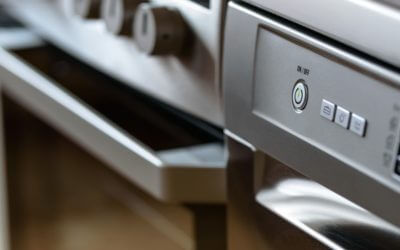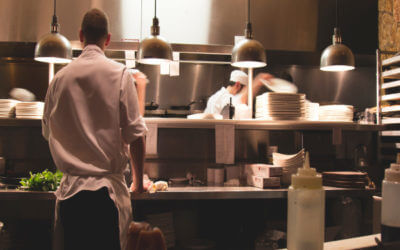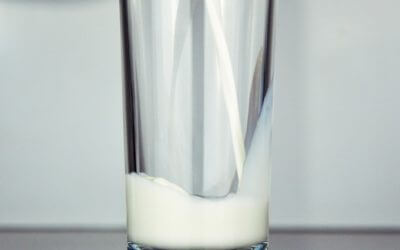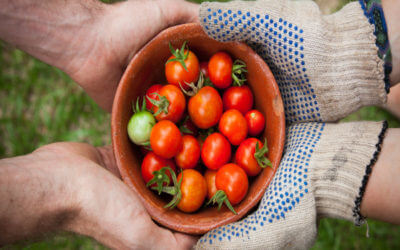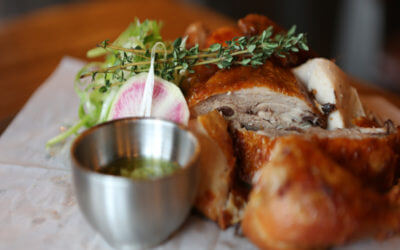Choosing Environmentally Friendly Restaurant Supplies
March 18, 2019There’s been a lot of controversy recently about restaurant supplies and how they affect the environment.
The current focus is on plastic straws, but the same conversation has been had about Styrofoam and a variety of other materials.
Can you choose environmentally friendly supplies and still give great service? Many times you can – it just takes some planning and experimentation. Here are some ideas!
Alternatives to Plastic Straws
What’s the problem with plastic straws – and plastic waste in general? It ends up in the ocean, and then it ends up around wildlife or even up their noses.
As a result, many people are campaigning to reduce our use and reliance on disposable plastic, and straws have found themselves in the crosshairs.
Paper straws are the current rage in restaurant supplies, but (not surprisingly) they don’t hold up very well when placed in drinks. A diner can find the experience of using one unpleasant as the top gets soft and wet during the course of the meal.
You can choose other biodegradable straw materials. Don’t rely on recycling, because many recycling machines don’t catch straws (they’re too small.) You might also have your waitstaff only give straws on request.
To-Go Food Containers
What material do you use for to-go food? The reason Styrofoam is so popular is that it’s a great insulator. Fortunately, there are other choices that are better for the environment.
You can choose bowls, boxes, and more that are made from biodegradable materials. You can even go a step further and use containers that are made from recycled or renewable materials.
The good news is that today’s compostable and environmentally-friendly containers are safe to use in both microwaves and ovens, are soak-proof, and won’t leach harmful chemicals into food. It’s an investment in both the planet and the health of your customers.
Environmentally Friendly Tableware
If you’re a quick-service restaurant or run a food truck, you may have to provide single-use plates, flatware, and more. Fortunately, there are increasingly great options to get these restaurant supplies in forms that are good for the environment.
You can get disposable plates made from agricultural fiber that are grease and cut resistant, making them a great choice for a variety of foods. Fiber plates are microwave and freezer safe as well.
Bamboo plates are sustainable, elegant, and very sturdy, making them great restaurant supplies for a more upscale truck or quick-service restaurant. Because bamboo grows quickly, it’s a renewable resource. You can choose utensils made from bamboo as well.
Do You Have the Restaurant Supplies You Need
A lot of your customers are more environmentally conscious than ever, and they will certainly appreciate you making the effort to be more sustainable. In fact, they may be willing to pay more knowing that you provide only the best restaurant supplies.
If you’re interested in getting supplies that are more environmentally responsible, we can help. We’ve been serving the Little Rock area for years, and we’d be happy to help you source anything you need.
Contact us for a quote today!
5 Things Every Restaurant Owner Should Do Before Buying Used Kitchen Equipment
Equipping your restaurant properly can cost a lot of money, so buying used kitchen equipment is the go-to choice for many restaurateurs. Buying used kitchen equipment for a restaurant is a bit different than buying used equipment for your home, however. You will...
Pulping and Grinding: A Starter’s Guide to Reducing Commercial Food Waste Costs
For most restaurant owners and managers, the expenses involved in making meals are always under careful consideration. Water is needed to prepare, cook and wash food; power is necessary for food prep, cooking and cooling, and so on. However, how many of us consider...
Are High Speed Ovens Too Good to be True?
You might have heard a few of the bold claims that foodservice equipment manufacturers have been making about high speed ovens, but they can’t be possible, right? Cooking three times as faster as regular ovens? Five times as fast? Fifteen times as fast? It may seem...
How to Eliminate Excess Condensation in Your Kitchen
Is your commercial kitchen getting steamy? If so, you could have more than just an uncomfortable working environment on your hands. Excess moisture in your commercial kitchen can result in the corrosion of equipment, the development of mold, and even damage to your...
Pest Preventions to Implement in Your Commercial Kitchen
Restaurant pests: it’s something that few people want to think about. Like it or not, pest management is an essential consideration for every commercial kitchen. Offering food, shelter and water, the unprepared commercial kitchen naturally provides everything pests...
Top Restaurant Technology Trends in 2018
When looking to buy restaurant supplies, you want to be on the leading edge of technology trends. This will keep your kitchen running smoothly. Let’s take a look at some of the most recent trends in restaurant supplies technology. 1. New Payment Options Who would...
Choosing the Right Milk Cooler: Cold Wall or Forced Air?
In a restaurant, milk is an essential to have on hand for coffee and other café-style beverages, for serving with kids’ meals, and as a key ingredient in many recipes. Keeping your milk properly chilled can be difficult without the proper restaurant equipment....
Choosing the Right Food Storage Containers for Your Restaurant
Choosing the right kitchen supplies will make a difference in your restaurant. Whether it is heavy duty kitchen equipment or food storage containers, each piece of equipment plays its own important role. Today, we are going to talk about how to choose the right food...
The DIY Guide to Your Restaurant’s Own Garden
Stocking your restaurant supply with your own home-grown herbs and produce can truly bring your dishes to life. When it comes to food, everyone knows there’s nothing like homemade and home-grown. Having your own culinary garden, however large or small, can help you...
Choosing the Right Material for Your Cooking Equipment
Kitchens are very unique to their chef. Just like a car mechanic has a toolbox unique to them, so is the cooking equipment in a kitchen. And over time, the same cooking equipment become a natural extension of the chef. What tools are you using in your kitchen? It...
5 Different Ice Shapes and Why You Should Care About Them
Ice makers are very popular in the restaurant and foodservice community because they eliminate the need to buy ice every day. And of course, adding an ice maker to your collection of foodservice equipment means you will always have ice on hand when you need it. An...
How to Choose Your Next Commercial Meat Smoker
The movies that connect with us on a personal level are the ones that linger in our memories forever. Anyone who has used a commercial meat smoker knows that they have a huge influence on the taste of a meal. You need to have just the right kitchen equipment to get a...
Tipton’s Guide to Perfect Poultry Trussing
Do you ever truss birds in your commercial kitchen? Trussing is a fantastic cooking technique because it makes poultry cook faster, look more attractive and taste better. If your commercial kitchen prepares poultry, you don’t want to miss these trussing tips. Trussing...
5 Reasons a Meat Grinder Will Set Your Burgers Apart
The more you do to prepare your foods in-house with the right kitchen equipment, the fresher and more flavorful your dishes become. There are all sorts of restaurants offering fast-food style burgers, but some diners are looking for the real deal. A fresh, juicy...
Kitchen Hacks for Your Home
Some people are naturally good at certain skills. We all know someone who is naturally book smart, athletic, or musically inclined. What makes you jealous of them is how easy they make tasks seem compared to you. One skill might be cooking. Your dream may not be...



